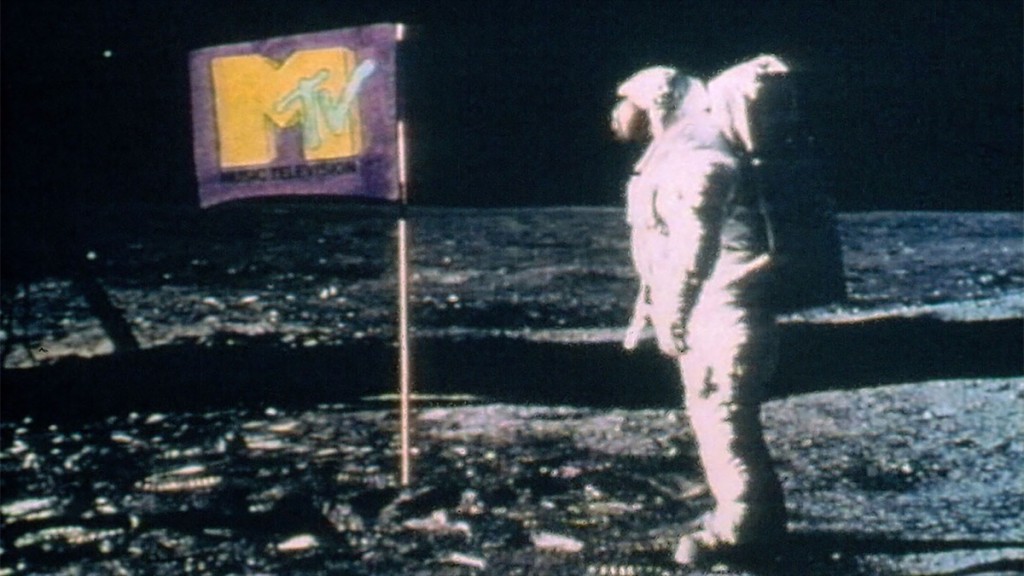
From the dawn of filmdom, to MTV, to the internet, and beyond
By Caroline Ho, Arts Editor
The concept and purpose of the music video perhaps seem intuitive based on the term itself, but decades of development have gone into the fine balance between music and video.
Once little more than a promotional tool for a song, the music video has evolved as an interplay between the audial and visual, becoming a holistic form of creative expression for artists, directors, and everyone involved.
Long before MTV, music first became accompanied by the precursors of video in the type of entertainment called the illustrated song. Begun in 1894 and popular in the very early 20th century, illustrated songs consisted of live musicians performing alongside slideshow projections in vaudeville and nickelodeon theatres. Over the course of 12 to 16 slides, the images basically narrated the story of the song, and the entire audience was encouraged to sing along with the chorus, making illustrated songs a kind of interactive, theatre-based entertainment.
The first instances of actual videos matched to music arose with the introduction of “talkies” (films with sound) in the ’20s. In early cinemas, many full-length feature films were preceded by musical short films, and thousands of these shorts were produced on the Vitaphone film system. An even more direct ancestor to the modern music video was created in the ’40s: The “soundie,” a three-minute-long musical film, made of a song accompanied by video footage of dancing or other musical performances. Projection machines that played soundies were found in clubs, bars, restaurants, and more, bringing this early form of music video outside the theatre and into more public spaces.
According to many music historians, the first person to coin the term “music video” was singer-songwriter Jiles Perry Richardson, also known as The Big Bopper, who first used the word in 1959, although Tony Bennett claims that he in fact created the first of the form with his 1956 video of his song “Stranger in Paradise.” However, the Beatles were the group to popularize the music video. Given their massive fame and the physical impossibility of them touring everywhere at once, in the mid-’60s the Beatles released dozens of promotional videos combining their recorded songs with clips of the band performing. These videos became increasingly sophisticated in their use of cinematographic techniques, such as with “A Hard Day’s Night” in 1964—which was also the title of the Beatles’ first full-length feature film.
Through the ’60s and ’70s, many other artists and groups created promotional videos in lieu of touring. Queen’s “Bohemian Rhapsody” (1975) undeniably merits a mention as one of the most influential videos made for this purpose. Six minutes long and packed with special effects that were dazzling for its time, “Bohemian Rhapsody” prompted countless other artists to produce videos that could be aired on TV instead of making live appearances.
The true kickoff to the age of the music video commenced with the launch of MTV in 1981, an American television channel that aired music and music videos all day, every day. Directly in the spotlight, the medium of the music video became a prime arena for artistic expression, with big-name directors creating increasingly elaborate videos that often focused on a song’s story and message as much as the musical performance. This trend is most famously epitomized by Michael Jackson’s iconic 1983 “Thriller,” the 14-minute music-video-horror-film directed by John Landis. “Thriller” came with a storyline and a $500,000 budget, and it left a phenomenal impact on the industry and audience expectations for what a music video might contain.
Through the ’80s, MTV flourished as an avenue for innovation in the industry, initially focusing on rock but soon branching into pop, rap, and other mainstream genres. Glitzy videos with high production value became a staple for major artists, and also as a primary factor in the success of many musicians. MTV’s primacy in music dropped considerably when its programming switched its focus to reality TV in 1992, but major directors continued to produce music videos as cinematographic works rather than just as visual accompaniments to audio tracks.
The next revolution in music videos stemmed from the rise of the internet. YouTube’s launch in 2005 ushered in a new age of accessibility to videos, allowing for unprecedented levels of viewership and, correspondingly, experimentation in styles, such as the innovative, low-budget, and phenomenally popular videos of OK Go. In 2009, giant record companies Universal Music Group and Sony Music Entertainment founded video service Vevo, rapidly becoming the most popular platform in North America for hosting music videos. Thanks to lucrative licensing deals, Vevo allowed record labels to make money through music video streaming—especially after the third record giant, Warner Music Group, joined Vevo in 2016, the videos of practically every major artist can be found on Vevo.
The internet has given music videos the power to reach billions of people on an international scale—currently, the most-viewed video on YouTube is Korean artist Psy’s “Gangnam Style,” with almost three billion views. Music videos today range from elaborate, lengthy masterpieces of film technique, to bold political statements, to low-budget pieces demonstrating down-to-earth simplicity and authenticity. The music video has become, in many ways, just as integral and iconic to a song as the music itself.



